How to Make and Sell Prints of Your Art – Complete Guide
This article is a complete guide on how to make and sell prints of your art, specifically focused on how to make prints of paintings. We will provide you with a step-by-step guide on scanning, photographing your paintings, paper choices, printing, packaging, and selling art prints.
Table of Contents
- 1 How to Make and Sell Prints of Your Art
- 2 How to Get Your Art Printed: A Step-by-Step Guide
- 3 How to Sell Prints of Your Art
- 4 Frequently Asked Questions
How to Make and Sell Prints of Your Art
Besides access to many art resources and virtual museums and galleries, the worldwide use of the internet has given artists the liberation to sell their work independently online. Another way artists can create more accessible sales and generate extra income through internet sales is by selling art prints.
Generally, there are three definitions of art prints.
Firstly, the traditional form of printing involves an artist craving an artwork into a hard surface like a piece of wood, stone, copper plate, or a Lino sheet. The artist then applies a thin layer of ink over the craving. A piece of paper or cloth is carefully laid over the craving and both are put through a press. The ink imprint on the paper or cloth of the craving is called a print. This is an ancient form of fine art that has been adapted in the modern age as the use of computers in art generation became more popular.
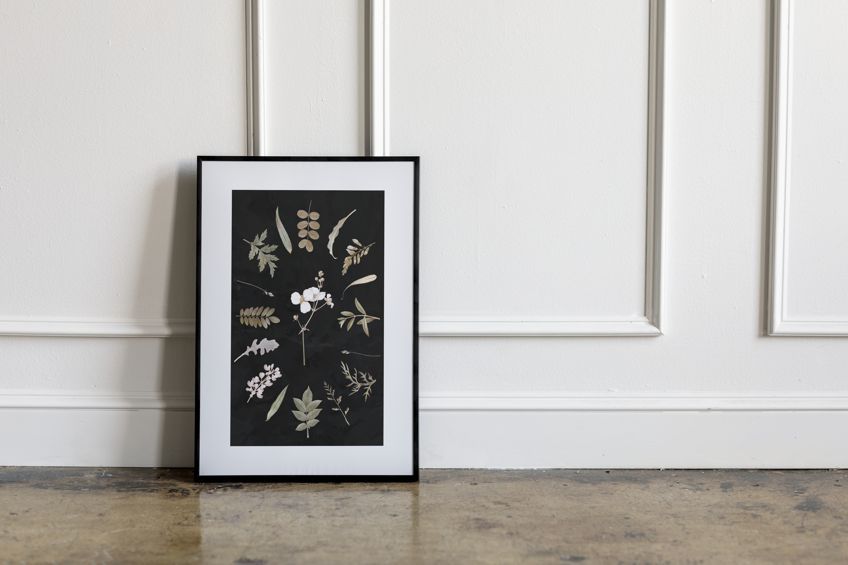
Secondly, prints are also graphic artworks that were designed by an artist on a computer. They have conceived, illustrated, and edited the entire artwork on a computer and therefore no other physical medium is involved in the making of it. The graphic artwork is then printed on high-quality paper to be sold in a limited edition.
A limited edition means that the artist decides and commits to only print a certain amount of any given print art. The printed artwork is then signed with the artist’s signature in the left corner of the bottom white border around the print, the name of the artwork is written in the middle of the bottom white border, and the edition is marked in the right corner of the bottom white border (for example, 1/10).
This way of signing and marking a print comes from the traditional form of print-making explained first.
The edition marking communicates the intention of the artist to only print a specific number of prints. This can influence the value of the artwork and, therefore, is also an informal contract with the buyer that no more than what the artist wrote down will be printed.
In the next section, we will discuss the third definition of art prints (and the focus of this article) by focusing specifically on how to make prints of paintings and how to make and sell prints of your art. Any original two-dimensional artwork such as craving prints and drawings can be replicated in the same way as paintings. But we focus on paintings as the texture of the paint and canvas can make the process slightly more complicated than with other two-dimensional original art pieces.
How to Make Prints of Paintings
An art print is a copy of the original artwork often also sold in a limited edition. Artists choose to make and sell prints of their paintings in order to earn more out of the original artwork than just one sale. They also make their work more accessible to younger groups of art buyers as prints of original artworks are often less expensive than buying the original painting.

Furthermore, by making prints of your original artworks, you can extend your practice into the production of merchandise, like pillows, T-shirts, tote bags, and so on with your paintings printed on them. This could add to the popularity of your artwork and could increase the value of the original work if the prints are sought after. The process to make prints of your canvas art and selling art prints looks as follows:
- Prepare your artwork for scanning or photographing
- Scan or photograph your artwork
- Do editing and post-production in preparation for printing
- Choose a printer and paper
- Choose how to crop your printed art
- Sign and package your art
Before giving you an in-detail breakdown of this list, we will look at the things you need to be aware of before printing your artworks. Then we will go through the step-by-step guide to scanning, photographing, and printing your art as well as how to sell your printed art.
Make Prints of Your Canvas Art: What to Look Out For
Making prints of your paintings creates more selling opportunities for you, but there are also some risks involved. The value, copyright, and damages to your artwork are all important things to take into account before pursuing this career direction.

Value
Whether making prints of your paintings decreases or increases the value of the original artwork is a big debate in the business art realm. The answer often depends on who you ask and what their personal preference is towards replicating your original paintings. But let us look at the value argument for and against making prints of your paintings.
The biggest arguers against making prints of original paintings are often big galleries that promote the idea of exclusivity in the art world to secure higher prices on original works of art. Prints make artworks financially and physically more accessible which some galleries do not like as the autonomy in terms of access to art is where their power lies. Some artists might also feel like making prints of their work makes it more like Pop art and, therefore, goes against the intention of fine art, which is specifically not mass-produced but special and unique items.
That being said, the more artists are developing ways to represent themselves, the more galleries are adapting to support artists in this mission and to make the buying of art more accessible to entry-level collectors.
If you would like to sell prints of your paintings and also exhibit with galleries, make sure of the print policy of the galleries you are applying for. Some galleries might require you to sign a contract stating that you are not allowed to generate replicas of the art sold through them. Whereas other galleries might be open for negotiation or even supporting you in creating and selling prints alongside your original art pieces.
In terms of devaluing fine art pieces by mass production: this really depends on yourself. Artists often have to make other plans to earn money while their career is in the beginning phases and selling prints is still work in the art field. However, you might decide to create more popular paintings to replicate as prints and keep another style separate and exclusive. For example, making quick acrylic sketches and paintings to sell in the form of prints, while making one-of-a-kind fine arty oil paintings that you do not sell as prints.

The last thing to take into account when you consider the value implications on your original artworks when selling them as prints is your buyers and collectors. You need to be transparent with the buyers of your original artwork about the print production of the specific original artwork they are interested in. You cannot let someone buy a painting without communicating how many replicas you have created.
You can negotiate with your buyer about the copyright of the artwork they are interested in, but above all, it is very important to be honest with them so as to not compromise your professional integrity. Buyers and collectors tend to come back to you if they like your work and have invested in you in the past.
They also tend to tell their families and friends about you and, therefore, your art hanging in their house is a wonderful way for the art market itself. Your relationship with your buyers and collectors is very important.
Copyright
When you are creating digital copies of your original paintings and loading them online to sell or market, you are exposing yourself to more copyright infringement opportunities. It is, therefore, important to get your paperwork in order and stay vigilant against any kind of online theft of your art pieces. See our article on copyright for more information on how to protect yourself.

Risk and Damages
When you choose to make prints of your original artworks, there are so many more hands that touch your work. From couriers, scanners, and photographers, to printers, there are many individuals involved in the making of prints. Most printing businesses state that you leave your art with them at your own risk. That being said, the individuals that work with art are professionals, but nonetheless, it is important to take the risk of damages into account.
If you are financially in a place to get insurance on your original artwork, it is not a bad idea to do so before you start with the print production process.
How to Get Your Art Printed: A Step-by-Step Guide
After you have considered all the risks and strategies involved in making prints of your canvas art, you can start to do your research and preparation. Read the following guidelines carefully before you start the printing process.
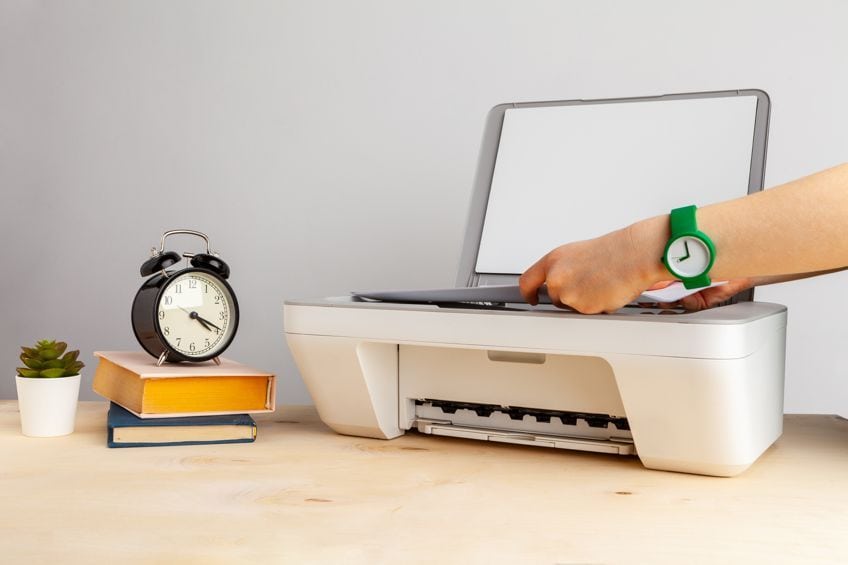
Scanning or Photographing Preparation
It is important to do thorough research on the best options for getting your artwork to an acceptable digital format before printing. Simply scanning your artwork at home with an entry-level scanner will not suffice. But if you have a good scanner at home, you can sometimes achieve the desired quality digital file from the comfort of your home.
The scanning quality needs to be very high. Therefore, research fine art scanners above general printing shops. It is good to work with scanners and printers that specialize in art printing as they will be able to assist you in the editing, color balancing, and general post-production of your scans to get them print-ready. If you are working with a company that does not specialize in fine art printing, you need to make a special effort to research the scanning requirement for art prints so you can communicate that with them.
If you are considering photographing your artwork yourself, make sure you are skilled and certain of how to photograph the original artwork for printing purposes.
If you do not have a good camera, or a space with good lighting, or are still learning how to use your camera, we recommend working with a professional. It does not make sense to work with a wedding photographer, for example, when photographing your art for printing. Make sure the professional you hire has worked with other artists before and look at their portfolio before hiring them.
Before scanning or photographing your work, you need to make sure it is in pristine condition. The scanner and high-quality photography will pick up any blotches or unwanted marks. Gently wipe down your paintings with a dry cloth to remove any dust. You can use an eraser or a slightly wet cloth to remove any unwanted marks.
Scanning Your Art
If you are scanning your canvas art, you will need to work with a company that has flatbed scanners or drum scanners with a flatbed top. Companies that print wallpaper and large-scale advertisements can often help artists whose paintings exceed A0 size. The size restriction of scanning and printing companies is something you will have to research before taking your painting to the print shop.
Drum scanners are, generally, large and can cost as much as a small home or car. That is why you will probably only have access to these scanners through pro labs and will often pay a bit more to scan your artwork at these printing shops. The drum scanners can be a meter long. You need to take the size limitation into consideration and if you are scanning small paintings, should consider scanning more than one at the same time.

The light source in a drum scanner is in the middle, with the photocell on the outside. When the artwork is being scanned the drum rotates. The curve of the drum keeps the distance between the film and the light source the same at all times. This also helps with reflection problems.
Color and resolution are extremely important in the scanning and printing of your paintings. You want the print of the painting to look exactly or as close as possible to the original artwork. You need to scan the artwork you want to be printed at 100% size (the exact size of the original artwork) or smaller than the original artwork to be at the very least 360 DPI. DPI stands for “dots per inch”. This is also sometimes referred to as PPI, or “pixels per inch”. 600 DPI is recommended for fine art prints to be printed in a 100% size or smaller. However, the DPI of a digital image will affect the file size and you can, therefore, work with anything between 360 DPI and 600 DPI to make the management of storing your digital scans easier.
If you want to print your artwork larger than its original size you need to up the resolution. 600 DPI should be okay for most enlargements, but we recommend pushing the resolution all the way up to 1200 DPI. 1200 DPI, for example, will allow you to print an A4 artwork to up to A1 size, without having to increase the pixels, and, therefore, you will not lose quality or sharpness in your final print.
Here is a general scanning cost breakdown for drum scanning (this will vary from scanner to scanner and is also influenced by your DPI choice):
| File Size Output | Price for 1 Scan | Price for 2 – 5 Scans | Price for 6 – 15 Scans |
| 100 MB | $50,00 | $45,00 | $40,00 |
| 250 MB | $60,00 | $54,00 | $48,00 |
| 500 MB | $75,00 | $67,00 | $60,00 |
| 750 MB | $85,00 | $76,00 | $69,00 |
| 1 GB | $120,00 | $99,00 | $88,00 |
Photographing Your Art
If you want to make prints of your canvas art photographing the originals is best. If your artworks are largescale or very textured, scanning will not work for you. It is possible to scan your artwork in sections and stitch it together digitally, but this might be a time-consuming option. Another reason why you might want to photograph your own art instead of scanning it is that high-end scanning is often very expensive and not available in all towns.

If this is the case for you, you need to photograph your art professionally to generate a high-quality digital file for printing. You can choose to work with a professional art photographer, but this might also be an expensive option. If you have a good camera, you can make a make-shift photography studio in your house and do the job just as well yourself.
Set Up Your Space
The most important part of the process, besides having the correct equipment, is the setup of your space. It can take a lot of time to set up your own photo studio. Therefore, we recommend that you choose all the art pieces you want to shoot, line them up and get all the shooting done in one session.
Setting up and taking down your photo studio many times does not make sense.
Install Your Artwork
Set your artwork up against a background (preferably white) that is completely flat. You can hang the painting from the wall or prop it up on an easel. Make sure there are no bumps in the paper or canvas except for the texture of the paint. If the artwork is not completely flat, shadows will be cast on your artwork and distort the final image. You can use a spirit level to ensure that the painting is set up correctly.
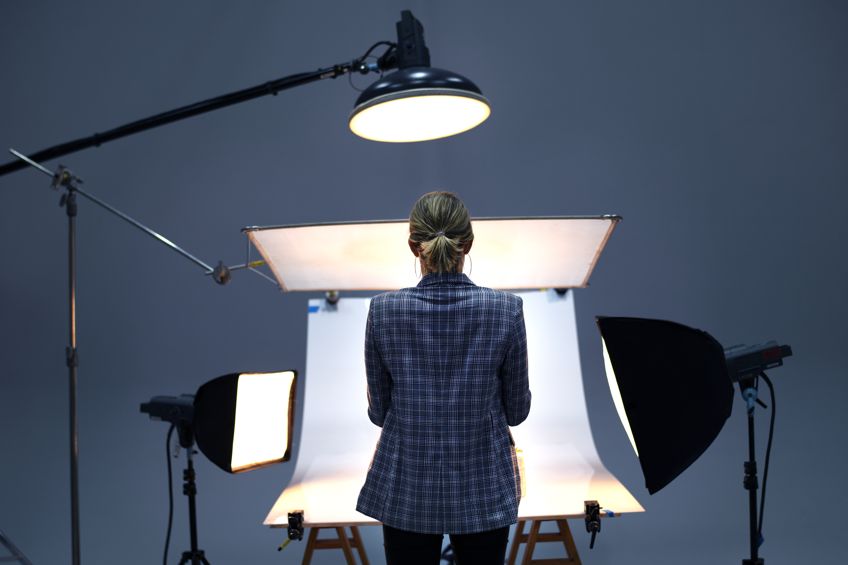
Set Up Your Lights
You then need to place two strong, diffused light sources on either side of the camera tripod. Diffused light refers to a soft or despised light that does not cause reflections on the surface of the painting. You can create this by putting some kind of filter over a strong fluorescent light. If you cannot create this yourself, choose a room that has bright, even lighting that disperses evenly over the entire artwork. You can also shoot outside on cloudy days as the lighting should be evenly despised and bright enough. Set up the lights at a 45-degree angle on each side of the camera, pointing towards the artwork.
This is done so the light does not reflect back toward a camera and creates a glare. This setup gives balanced lighting across the entire surface of the painting.
Set Up Your Camera
You can then set up your camera to be parallel to your painting and always point exactly at the center of the painting. This means that the angle will defer if you are using an easel versus setting up your painting against a wall. The slight angle of an easel will influence the angle at which you point your camera, but just ensure it is parallel to the painting you are shooting.
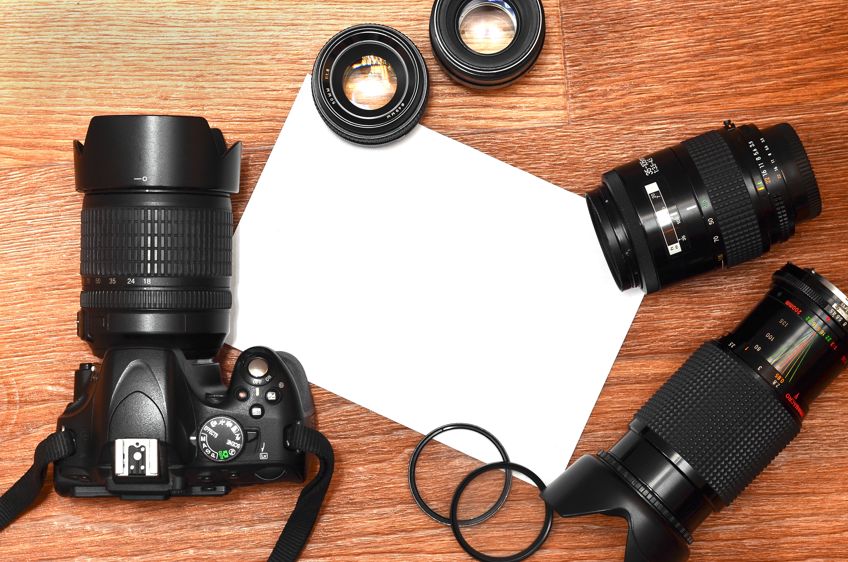
Using a tripod ensures accuracy and that there is no blur on the final image. This blur might be difficult to see in post-production, but will definitely be visible on your prints. If you do not have access to a tripod you can use a table with books stacked on top of them to avoid the potential tremble when hand-holding a camera. After setting up your camera, you are good to shoot.
Choosing a Camera
A 12-megapixel is the cut-off line for cameras you can use if you plan to print the photographs, as you need high-resolution files to print. All the work and effort will not be worth it if you produce low-quality images. We recommend borrowing a camera from a friend or renting a suitable camera if you do not own one yourself. Set the camera’s lens to 50 mm and ensure that the actual lens is not wider than 24mm.
If you use a wide-angle lens, it might create a slight curve in your image or slightly distort it.
Printing Preparation
After you have photographed or scanned your artwork, you need to edit it digitally. This is where you need to use a program such as Adobe Photoshop to do color-balancing, enhance the pixel amount, size the artwork to the printing size and/or crop unwanted blank spaces out. If you do not have photoshop or have not been trained to use it, do not worry. Most scanning and printing shops can help you with the printing prep at a small extra fee.

If you choose to do this yourself, the aim of this digital post-production is to get the digital image as close as possible to the original artwork. You also need to make sure the sizing and dpi are correct before you send your files to the printer. This way, you will ensure the final print is crisp and of high quality.
If you would like to have a small white border around your print, you can add crop marks to the digital file during post-production as well.
Choosing a Printer
Knowing how to get your art printed requires some trial and error. To avoid too many blotch prints, it is always better to work with printers that do fine art prints. These professionals will be able to advise you on scanning, post-production, paper choices, and printing quality. Here is a list of the three best online art printing shops in the United States (you can email them your digital image and they will ship the print to your door):
Paper Choices
There are multiple different kinds of paper you can choose to print your art on. Each printing shop will also have its own selection of paper and often lists the details about each paper type on its website. That is why it is important to research what best suits you. That being said, you should consider the weight, texture, and finish of the paper you choose.
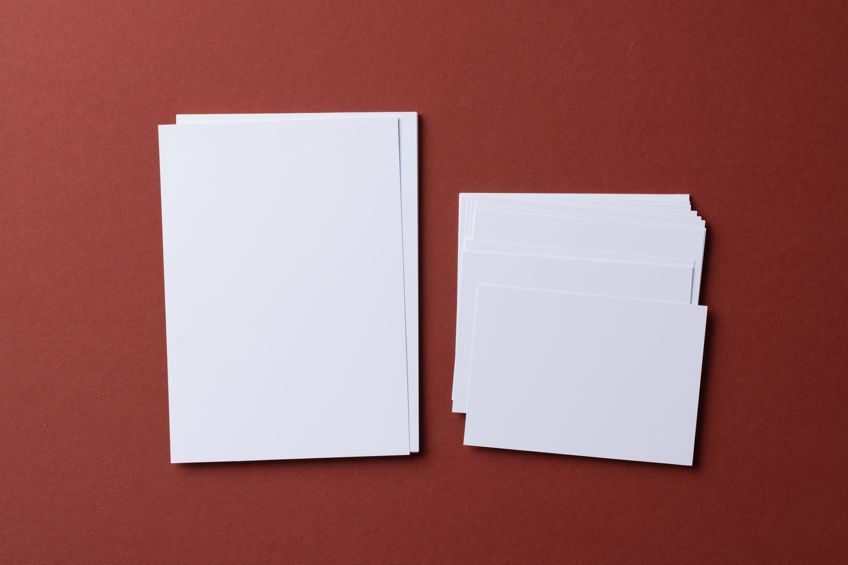
Paper Weight
The weight of paper is measured in grams per square meter (gsm). Mostly, fine art printers only use paper that is a suitable weight for art prints. In general, artists should use paper that is a bit heavier than normal household printing paper, as the weight of the paper gives your print an inflexibility and a more artistic feel. If you are printing large-scale artwork, you should preferably use heavier paper than for smaller artwork prints.
Here is a general paper-weight guide:
| Paper Weight | Use |
| 60-100 gsm | Household print paper (A4) |
| 110-140 gsm | Poster papers |
| 170-200 gsm | The minimum weight for fine art printing |
| 210-300 gsm | Premium fine art paper |
| 310-400 gsm (premium) | Heavyweight paper for greeting cards, wedding invitations, and large fine art prints |
Texture
The paper texture choice really depends on your personal preference. The texture of the paper might influence how your artwork looks in a frame. Smooth paper is often preferred for art prints that will be framed, as it looks better under glass. It is also a good choice when it comes to the display of contrast and more detail, as less texture allows for a crisp print.
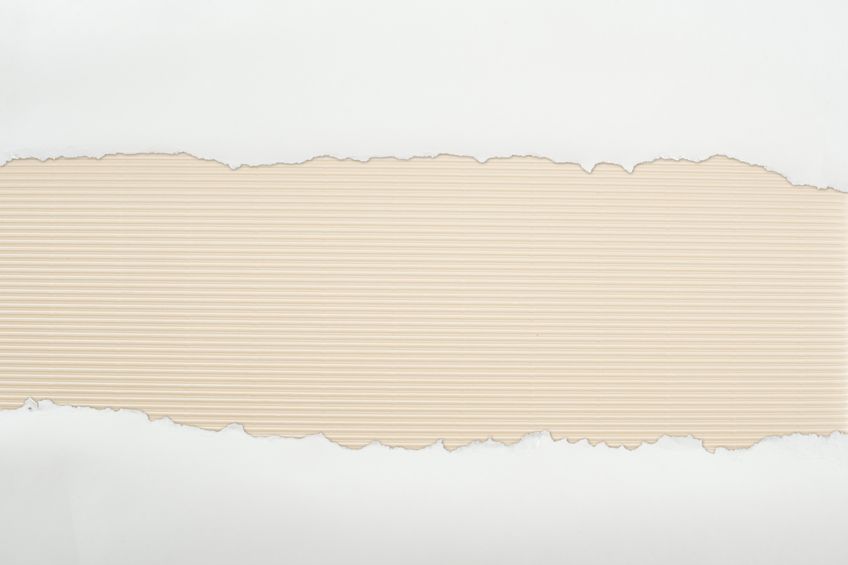
However, texture paper feels more like an art piece and has a special quality when touched. It can, therefore, add to the reality and depth of your prints and suits some art prints really well. We suggest doing a test print on smooth and textured paper to see what suits your artwork and what look and feel you prefer.
Finish
Again, the finish quality of the paper depends on the artist’s taste and what suits their art style. Paper finish types include matte, glossy, pearl, and metallic. The finish of the paper will influence the color, contrast, and how the artwork reads.
It is also a good idea to do test prints to see what finishes work for you.
Creating a Professional Finish
After you have printed your artwork, you need to make it presentable to buyers. Every opportunity you have as an artist to bring your unique and creative essence to your products should be grabbed with both hands. Preparing a print for sale is such an opportunity.

Packaging
It is important to package your prints professionally before selling them. Make sure there is some sort of support behind the artwork that can protect it from bending. We recommend using a cardboard or chipboard cut to the same size as the print as support. Put the support and the print into a plastic sleeve to protect it from dust.
Consider adding something special at the back of your packaged print, like a handwritten note or the conceptual reasoning of the original artwork.
This adds a personal touch that can add to the buyer’s connection to your art. Always add a business card or contact details to your packaged print, so the buyer can share your details with others or order from you again.
Cropping
The way you decide to crop your final print could add to your artistic style and the presentation of your work. The size of the white border you leave around the printed artwork is up to you, but it can influence how the artwork is displayed in a frame. Consider this carefully, and try out different styles digitally before you crop the final print.
How to Sell Prints of Your Art
Figuring out how to sell prints of your art is the next step in making your art pieces accessible to buyers all over the world. Selling art prints is often easier than selling original artworks as they can be printed in any size, are less expensive than original paintings and the shipping is also easier and cheaper.

Selling Art Prints: What to Look Out For
When you decide to sell art prints you need to take storage and expenditure into account. It does not make sense to print a large number of prints before you know which artwork will sell well and if there are any buyers for the prints you create. This can take up a lot of storage and be expensive to do. Print-on-demand is a good workaround for this problem. This allows you to print art as your orders come in.
Not all printers do this, so you could consider doing a prelaunch campaign on your newsletter or social media.
This is a campaign that offers a special price on prints for the duration of the prelaunch time. You can collect orders for a few weeks and then place bulk orders at your chosen printer. Sometimes fine art printers do not print one small print at a time. To know which artworks to print in bulk you can do a poll on your social media to allow your followers to choose the painting prints they are most likely to buy. But we recommend finding websites you can sell your art print on that support print-on-demand options.
Selling Art Prints: Online Sale Ideas
Besides selling your prints from your own website and social media, there are also many websites that allow you to sell your prints as well as offer print-on-demand support. Just make sure you closely read the commission and subscription cost agreements of these websites. Here are a few great platforms where you can print and sell your art:

Selling Art Prints: Offline Sale Ideas
Besides selling your art prints online, it is also worth investing research time into offline sales of your prints. Artist hubs, commercial galleries, and artist markets are all great places to get exposure, network, and sell your prints.

You can also consider creating merchandise to make the printed sales of your artwork more desirable. Buyers often respond well to limited edition products with unique artwork printed on them. You can make tote bags, aprons, pillow cushions, or tablecloths with your art pieces printed on them.
We hope you found this guide on how to make and sell prints of your art, focused on how to make prints of your canvas art and paintings, informative. Selling art prints is a wonderful way to make your art business more financially sustainable. It is an easy process if you do your research. There are many online platforms where you can sell your art prints, as well as multiple merchandise print possibilities once you have high-quality digital files of your art.
Frequently Asked Questions
How to Make and Sell Prints of Your Art?
Firstly, do your research on which scanning and printing company you want to use. Secondly, prepare your artwork for scanning or photographing. Thirdly, edit the digital files to be ready for printing in terms of size and dpi. Fourthly, choose your paper weight, finish, and texture. Fifth, crop, sign, and package your art print. Lastly, market it on any art retail website of your choice.
How Do I Price Prints of My Art?
Art prints should always be cheaper than the original artwork. Consider the price of the original artwork. You can divide that by the number of prints you are planning to make and compare that amount with other artists selling prints that are in the same phase of their career as you. You need to make sure that you cover your scanning, printing, and other material costs, as well as make a little bit of profit.
Will Making Prints of My Paintings Compromise the Value of the Originals?
The influence prints have on the value of your original artwork depends on where you want to sell your original artwork, what galleries you partner with, and who your buyers are. It is a good idea to consult the gallerists that you work with to see if they are comfortable with selling paintings that have been printed as well. On the other hand, the popularity of a specific printed painting can add value to the original artwork, as it shows that it is a desirable artwork for many.
Nicolene Burger is a South African multi-media artist, working primarily in oil paint and performance art. She received her BA (Visual Arts) from Stellenbosch University in 2017. In 2018, Burger showed in Masan, South Korea as part of the Rhizome Artist Residency. She was selected to take part in the 2019 ICA Live Art Workshop, receiving training from art experts all around the world. In 2019 Burger opened her first solo exhibition of paintings titled, Painted Mantras, at GUS Gallery and facilitated a group collaboration project titled, Take Flight, selected to be part of Infecting the City Live Art Festival. At the moment, Nicolene is completing a practice-based master’s degree in Theatre and Performance at the University of Cape Town.
In 2020, Nicolene created a series of ZOOM performances with Lumkile Mzayiya called, Evoked?. These performances led her to create exclusive performances from her home in 2021 to accommodate the mid-pandemic audience. She also started focusing more on the sustainability of creative practices in the last 3 years and now offers creative coaching sessions to artists of all kinds. By sharing what she has learned from a 10-year practice, Burger hopes to relay more directly the sense of vulnerability with which she makes art and the core belief to her practice: Art is an immensely important and powerful bridge of communication that can offer understanding, healing and connection.
Nicolene writes our blog posts on art history with an emphasis on renowned artists and contemporary art. She also writes in the field of art industry. Her extensive artistic background and her studies in Fine and Studio Arts contribute to her expertise in the field.
Learn more about Nicolene Burger and the Art in Context Team.
Cite this Article
Nicolene, Burger, “How to Make and Sell Prints of Your Art – Complete Guide.” Art in Context. November 18, 2022. URL: https://artincontext.org/how-to-make-and-sell-prints-of-your-art/
Burger, N. (2022, 18 November). How to Make and Sell Prints of Your Art – Complete Guide. Art in Context. https://artincontext.org/how-to-make-and-sell-prints-of-your-art/
Burger, Nicolene. “How to Make and Sell Prints of Your Art – Complete Guide.” Art in Context, November 18, 2022. https://artincontext.org/how-to-make-and-sell-prints-of-your-art/.


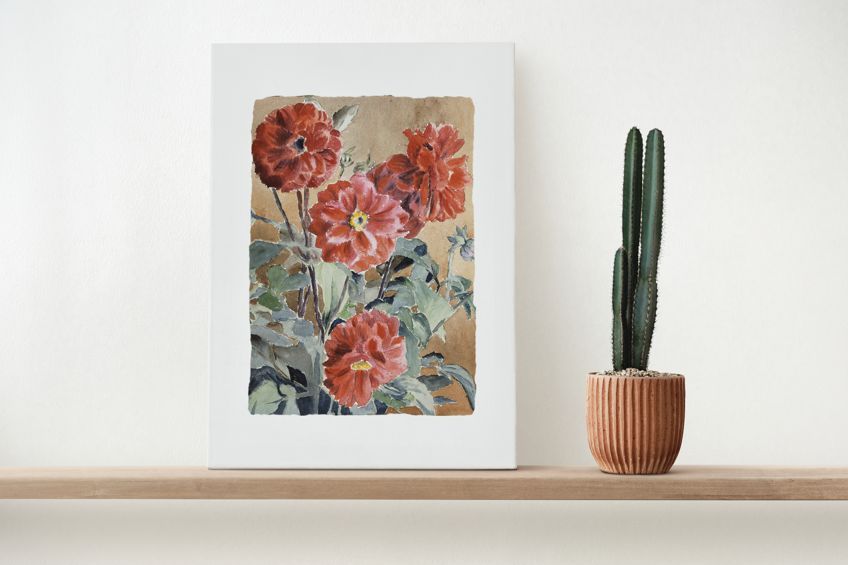


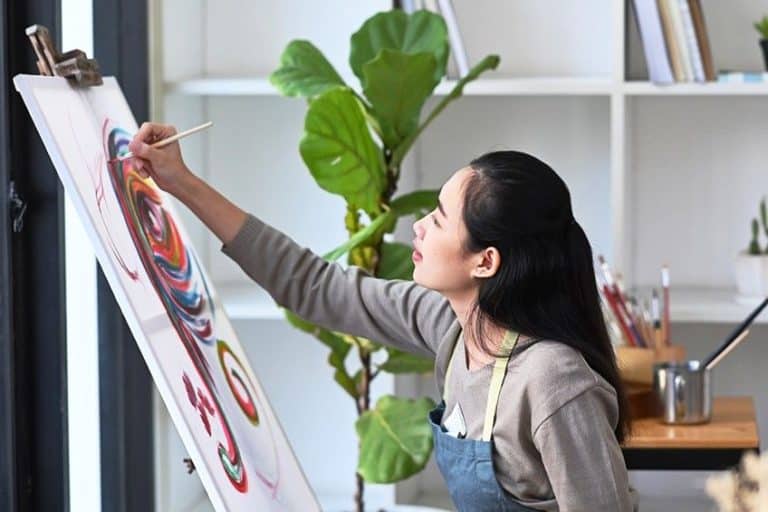






Very informative blog, thank you!